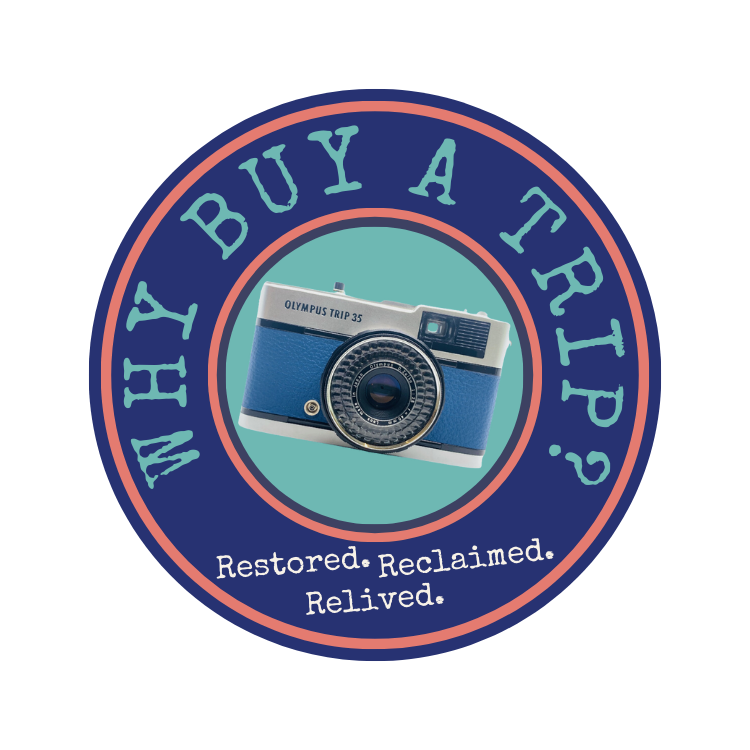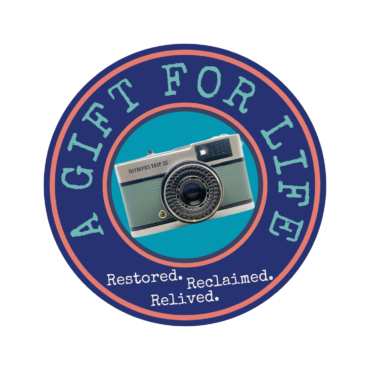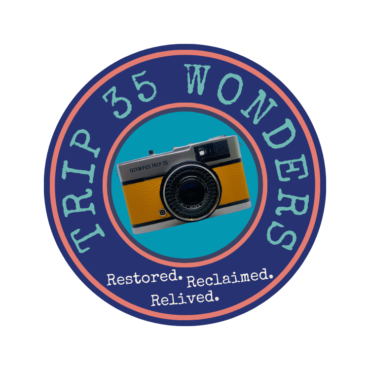Old style 35mm film photography is dead right?! So why buy a camera that is so old school?
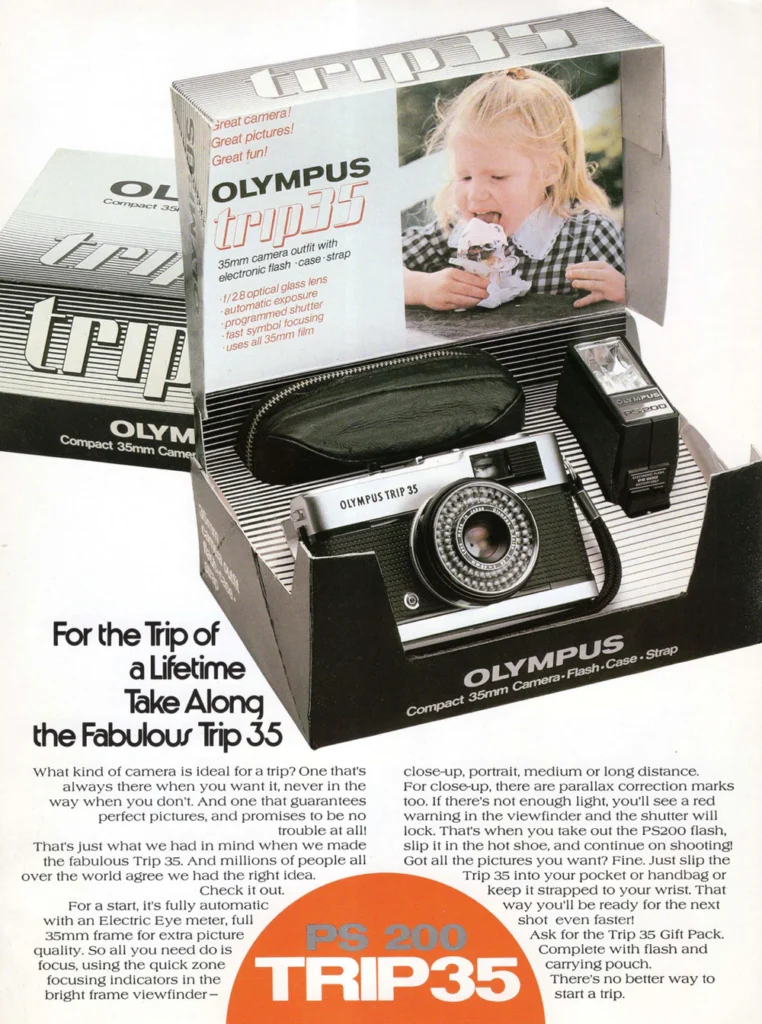
Introduction
The Olympus Trip 35 is a legendary 35mm film camera that holds a special place in the history of photography. Introduced by Olympus in the late 1967, it quickly became popular among amateur and professional photographers alike for its compact size, ease of use, and impressive features.
One of the Trip 35’s most significant innovations was its automatic exposure system, which utilised a selenium metering cell to adjust shutter speed and aperture settings automatically. This feature made it incredibly user-friendly, allowing photographers to capture well-exposed images without the need for manual adjustments. It also meant the Trip required no batteries to work.
The Trip 35’s famous high-quality Zuiko lens also contributed to its reputation for producing sharp and vibrant photographs. Its versatile focal length and excellent optics made it suitable for a wide range of photographic styles, from landscapes to portraits.
Over the years, the Olympus Trip 35 has garnered a cult following among film photography enthusiasts and collectors. Its iconic design, reliable performance, and enduring legacy continue to make it a sought-after camera for those seeking to break from the digital world and experience the charm and authenticity of analogue photography.
There is some debate over how many Olympus Trip 35’s were manufactured between 1967 and 1984, a huge production run which saw little change in the design of the camera internally or externally. Given that every camera has a unique serial number on the top plate and a manufacturing date behind the film pressure plate, I would estimate that approximately 6.5 million were produced!
The fact that so many cameras remain available today is a testament to the cameras appeal, build quality and simplicity.
In my opinion it has achieved iconic status.
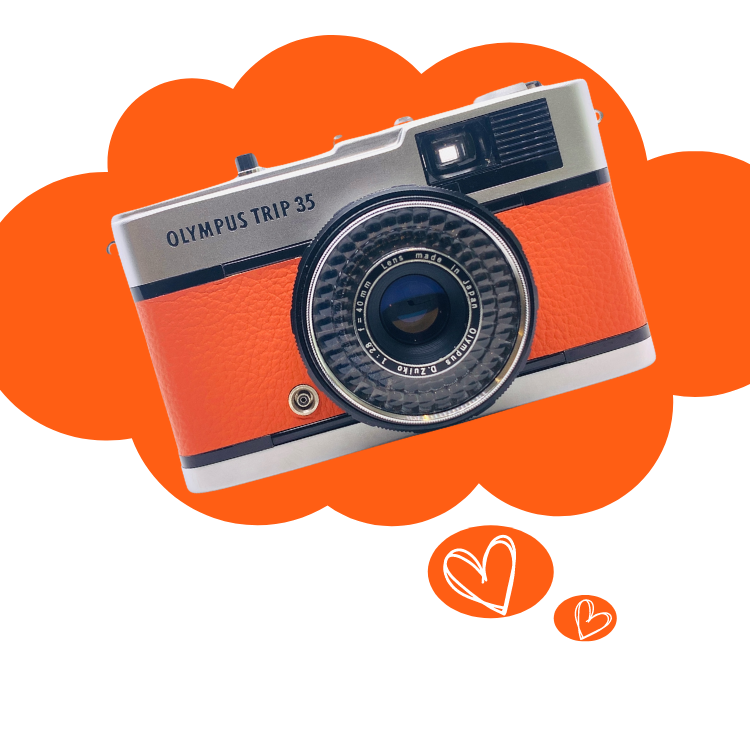
The analogue photography revolution
The resurgence of interest in analog photography and the unique appeal of film cameras can be attributed to several factors, each contributing to the revival of this traditional photographic medium in the digital age.
- Nostalgia and Aesthetic Appeal: Many photographers and enthusiasts are drawn to film cameras due to their nostalgic charm and unique aesthetic. Film photography often produces distinct characteristics such as grain, colour rendition, and dynamic range that are different from digital images. This vintage look adds a sense of timelessness and authenticity to photographs, appealing to those seeking a departure from the perfectly crisp and digitally enhanced images common in the digital era. With my own photographs I am more drawn to the rustic and grainy shots I take rather than the crisper images. For me there is something really authentic and natural about them, especially when using Black and White Film. Ilfords HP5 (400) is a great camera film for the Trip. See my photos below…
- Tactile Experience: Unlike digital photography, which primarily involves randomly clicking buttons on a screen, shooting with film cameras offers a tactile and hands-on experience. Loading film, manually adjusting settings, and advancing the film after each shot require a level of involvement and thought that many Trip owners find rewarding. This process encourages a deeper connection with the environment and photographic process… and a greater appreciation for each captured image. With only 24 or 36 exposures available, every shot counts, and I find myself really looking at the world in a different way for shapes, colours, textures and composition. What is often missed in the usual fast pace of life is slowed down and acknowledged when you have a proper camera in your hand. Which leads on to…
- Creative Limitations and Challenges: Film photography often comes with limitations such as a finite number of exposures per roll and the inability to instantly review images. While these limitations may seem restrictive at first, they also encourage photographers to be more intentional and mindful in their approach. The challenge of composing a shot carefully, considering exposure settings, and making every frame count can lead to more thoughtful and artistic photographs.
- Slow Photography Movement: In contrast to the fast-paced, instant-gratification culture of digital photography, there is a growing movement towards “slow photography” associated with shooting film. This movement emphasises the value of patience, mindfulness, and deliberate decision-making in photography. Waiting for film to be developed and seeing the final results can be a rewarding experience that fosters a deeper connection with the art of photography and the time and experiences you had taking the photographs. For me personally, my memories of times spent taking photographs are so much more vivid and meaningful than times when I do not have a camera.
- Community and Culture: The resurgence of analog photography has also led to the formation of vibrant communities of film enthusiasts, photographers, and artists. These communities share knowledge, techniques, and a passion for preserving and promoting the art of film photography. The sense of camaraderie and support within these communities further enhances the appeal of shooting film. Check out the Olympus Trip 35 Flickr Group here… https://www.flickr.com/groups/olympustrip35/
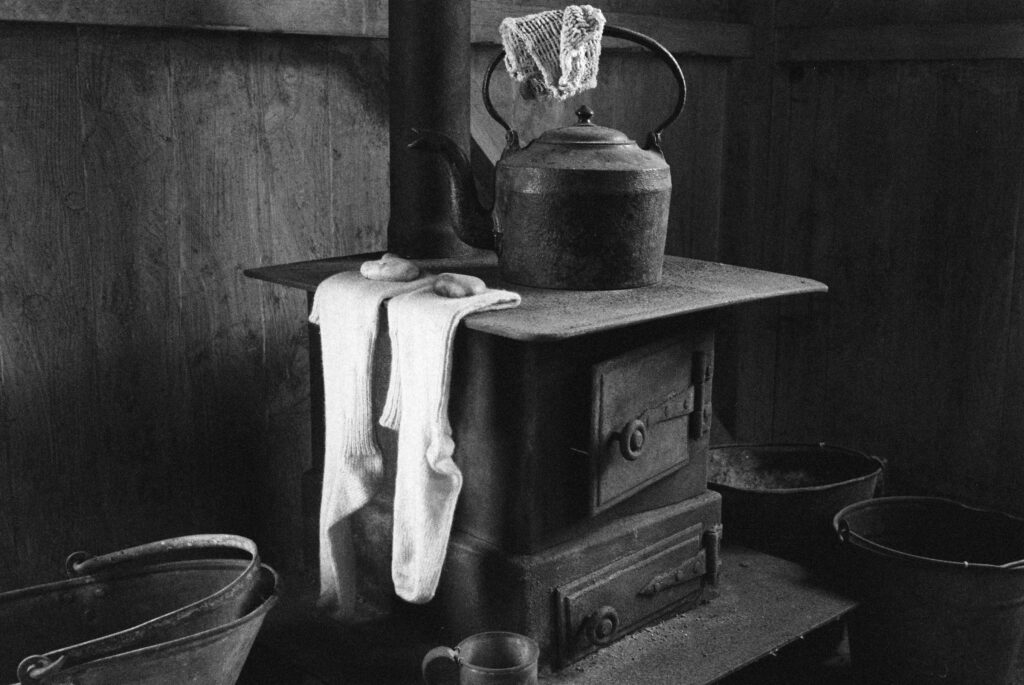
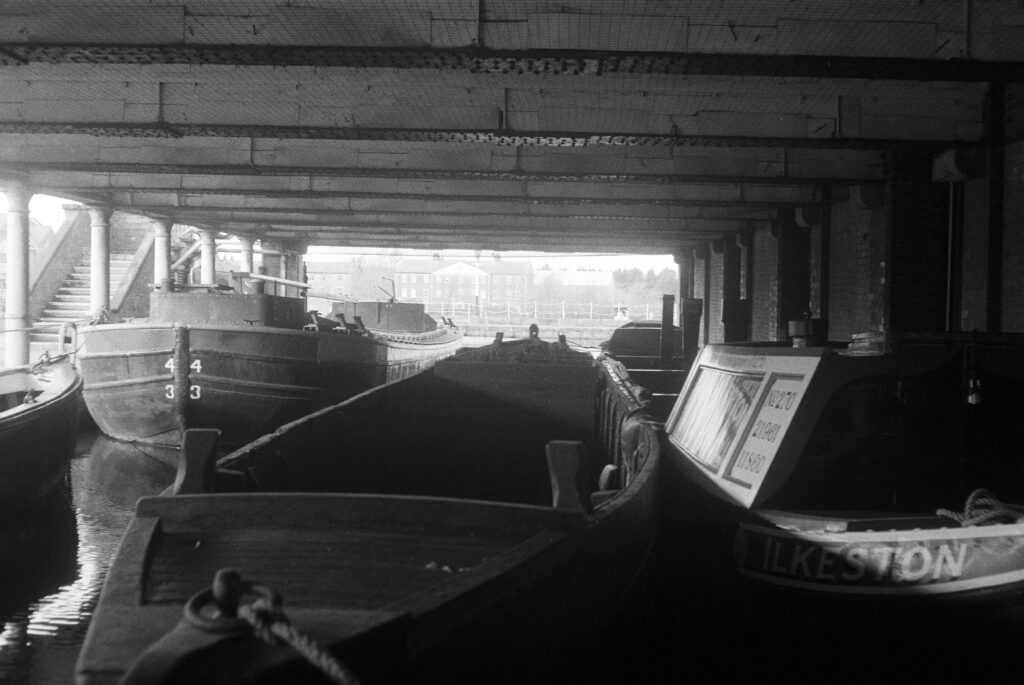
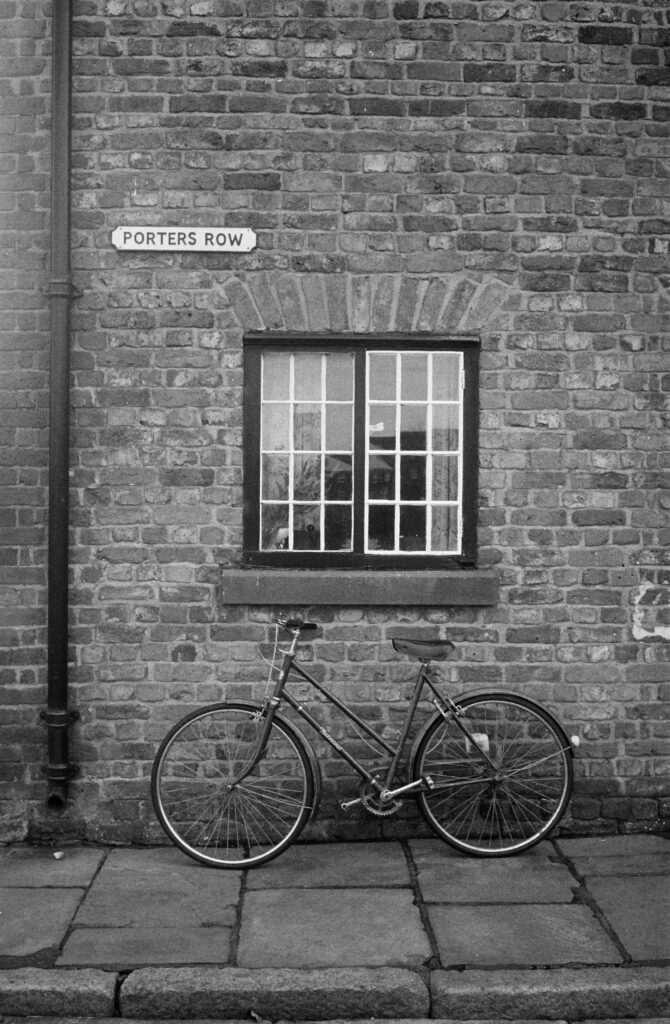
These are some recent photos I took… these are untouched. Straight from negatives to digital images. Ilford HP5 (400)
Probably the best designed camera ever? (Okay… I am biased)
The Olympus Trip 35’s iconic design, compact size, and durable construction have contributed significantly to its status as a beloved vintage camera among photographers and collectors.
- Iconic Design:
- The Trip 35 is renowned for its sleek and timeless design, characterised by clean lines, a minimalist aesthetic, and a very robust build. I still think it is one of the best-looking cameras out there. Its compact and lightweight body makes it easy to carry and handle, whether for casual snapshots or more serious photography. The camera never feels heavy or to big to carry in your hand. A small camera with a big punch.
- The camera’s design is both functional and elegant, with intuitive controls that are easy to use, even for beginners. The layout of buttons, dials, and the viewfinder is thoughtfully designed for quick and efficient operation. There are not many mistakes to be made using this camera
- Compact Size:
- One of the Trip 35’s standout features is its compact size, which makes it highly portable and suitable for travel or everyday use. The camera can easily fit into a bag or pocket, making it convenient to take along on day trips or long photographic adventures. I recently took two Trips on a holiday travelling from Australia to Honk Kong through southern Asia. It was delight to have them with me on that journey and I never once thought they would let me down or get in the way.
- Durable Construction:
- The Olympus Trip 35 is renowned for its durability and reliability. Built with high-quality materials, including metal components and a sturdy body, the camera is designed to withstand the rigors of regular use and outdoor conditions.
- Its robust construction ensures longevity, allowing you to enjoy using the Trip 35 for years without significant wear or deterioration. This durability has contributed to its status as a sought-after vintage camera that retains its functionality and appeal over time. Like all good engineering though, the Trip does succumb to problems when neglected. With many cameras having been stored for many years with little or no use you do have to be prepared to put some effort in to clean and service them to get back into as new condition… and that’s where I can help at “Have A Nice Trip”.
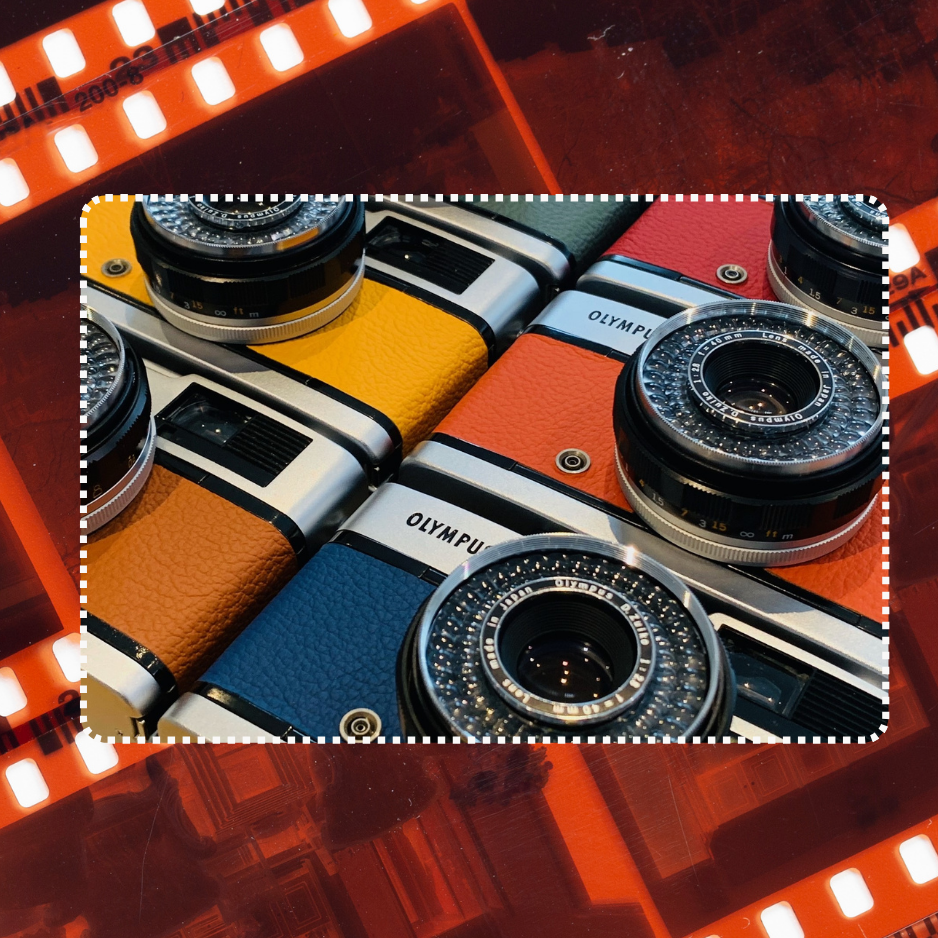
Refurbished and Serviced Olympus Trip completed in March 2024. Like new and ready for their forever home.
The future?
The resurgence of interest in film photography is not just a passing trend but a movement rooted in a deep appreciation for the art and craft of capturing moments on film.
This resurgence mirrors the renewed love for vinyl records and music tapes, indicating a broader cultural shift towards embracing analogue experiences in a digital age. Just as vinyl records offer a tactile and immersive music experience, film photography provides a tangible connection to the photographic process. Holding a physical film negative or print creates a sense of nostalgia and authenticity that digital files can’t replicate.
What’s remarkable about the resurgence in film photography is its cross-generational appeal. Younger generations, who grew up in the digital era, are discovering the charm and allure of film cameras, while seasoned photographers are rediscovering the joys of shooting film again and stirring memories of past experiences.
The film photography community is thriving, with passionate hobby and professional photographers of all ages sharing knowledge, techniques, and inspiration. Social media platforms, photography clubs, and workshops provide avenues for connecting and learning from fellow film enthusiasts.
Whether you’re a seasoned photographer or a curious beginner, exploring the world of film photography opens up a world of creativity, craftsmanship, and connection.
And there is no better place to start than with an Olympus Trip 35 from “Have A Nice Trip” 😉



